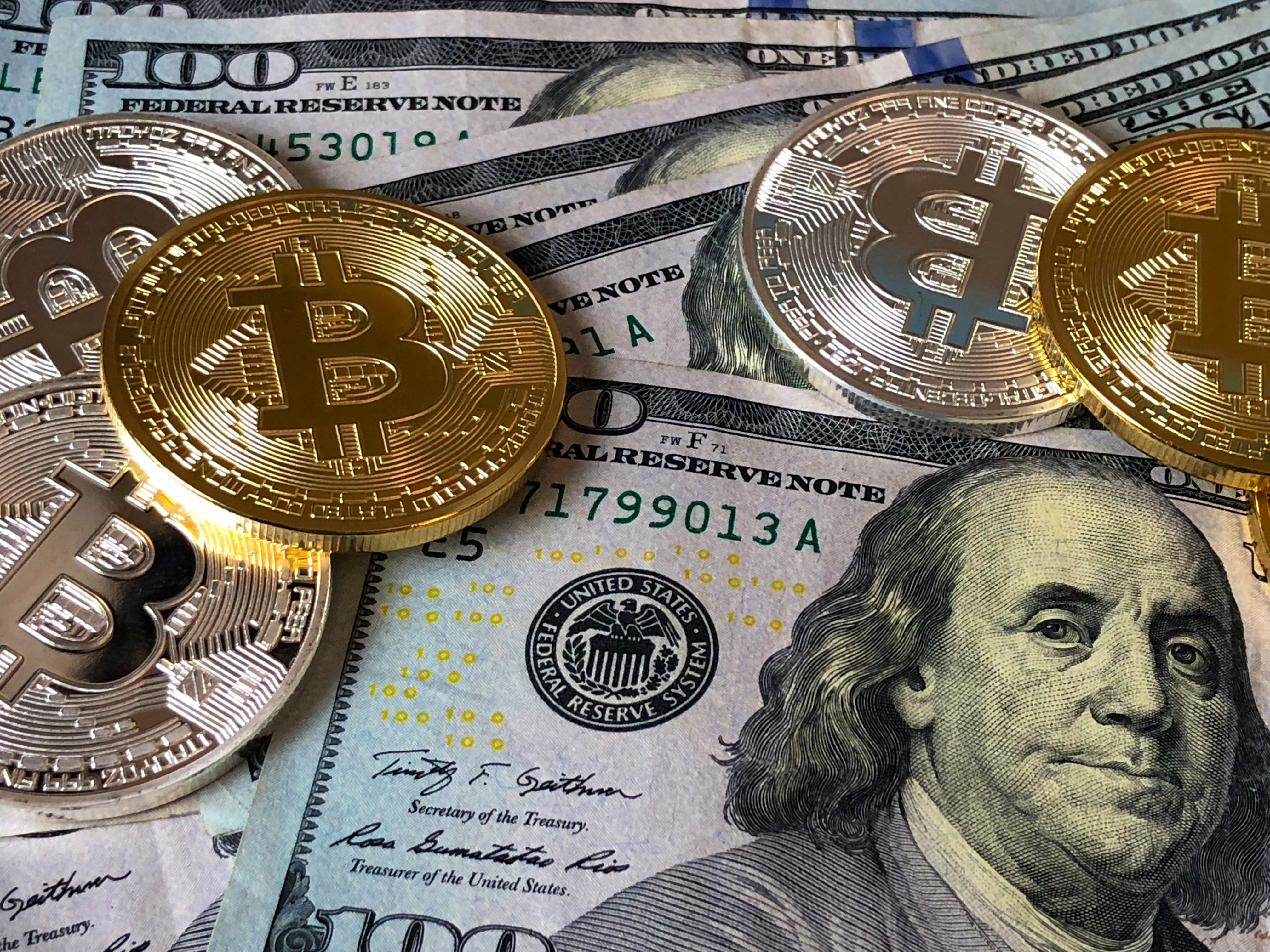In recent months, experts have been predicting that inflation rates in the US will soar in the coming months. While this may seem like good news for those who have been struggling to make ends meet, it is important to understand the potential implications of rising inflation rates for consumers.
Inflation is a measure of the rate at which the general level of prices for goods and services is rising, and it is typically measured by the Consumer Price Index (CPI). When inflation rates are high, it means that the cost of living is increasing, and consumers may struggle to afford basic necessities like food, housing, and healthcare.
One of the main reasons experts are predicting high inflation rates in the US is due to the large amount of stimulus money that has been pumped into the economy. With so much money being spent, prices are likely to increase as businesses try to keep up with the demand for goods and services. Additionally, with many businesses closed or operating at reduced capacity during the pandemic, supply chain disruptions have led to some goods and services becoming more expensive.
Another factor that could contribute to rising inflation rates is an increase in demand for goods and services as the economy reopens. As more and more people return to work and businesses reopen, demand for goods and services is likely to increase, leading to higher prices.
So, what does all this mean for consumers?
Firstly, it means that it’s going to be more expensive to buy goods and services. This could make it difficult for many people to make ends meet, especially those who are already living paycheck to paycheck. Additionally, as prices rise, people may have to cut back on their spending, which could lead to a decline in consumer spending and a slowdown in economic growth.
Secondly, the rising inflation rates may cause interest rates to increase, which could make it more expensive for consumers to borrow money. This could make it difficult for people to purchase big-ticket items like homes or cars, and could also lead to higher credit card interest rates.
Thirdly, the high inflation rates could also lead to a decrease in the purchasing power of consumers. This means that people’s money will not be able to buy as much as it used to, leading to a decline in living standards.
Despite the potential negative impacts of high inflation rates, there are also some potential benefits. For example, higher inflation rates can lead to higher wages, as workers may demand higher pay to keep up with the rising cost of living. Additionally, higher inflation rates can also lead to more job opportunities as businesses try to keep up with the increased demand for goods and services.
While it is important to be aware of the potential implications of rising inflation rates, it’s also important to remember that predictions are just that- predictions. The future of inflation is uncertain and it’s important to keep a close eye on economic indicators and make financial decisions accordingly.
In conclusion, experts are predicting that inflation rates in the US will soar in the coming months. This could have a significant impact on consumers, making it more expensive to buy goods and services, and making it more difficult for people to borrow money. However, it’s important to remember that these are just predictions, and the future of inflation is uncertain. Consumers should stay informed about economic indicators and make financial decisions accordingly.













Recent Comments